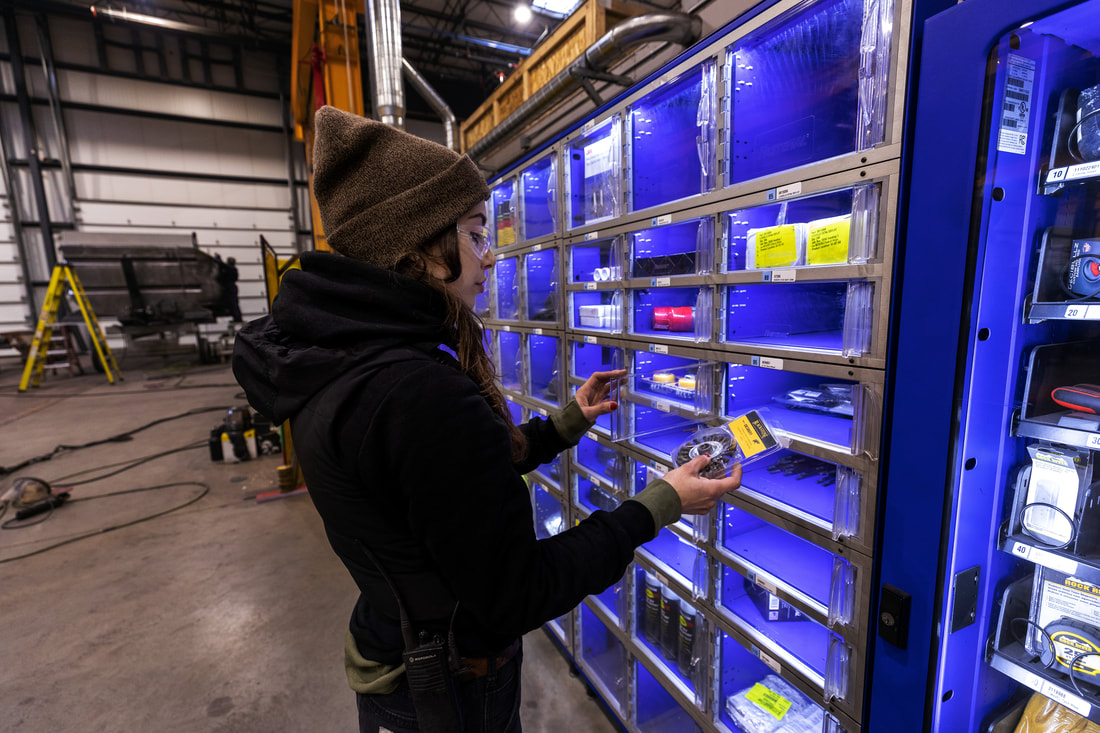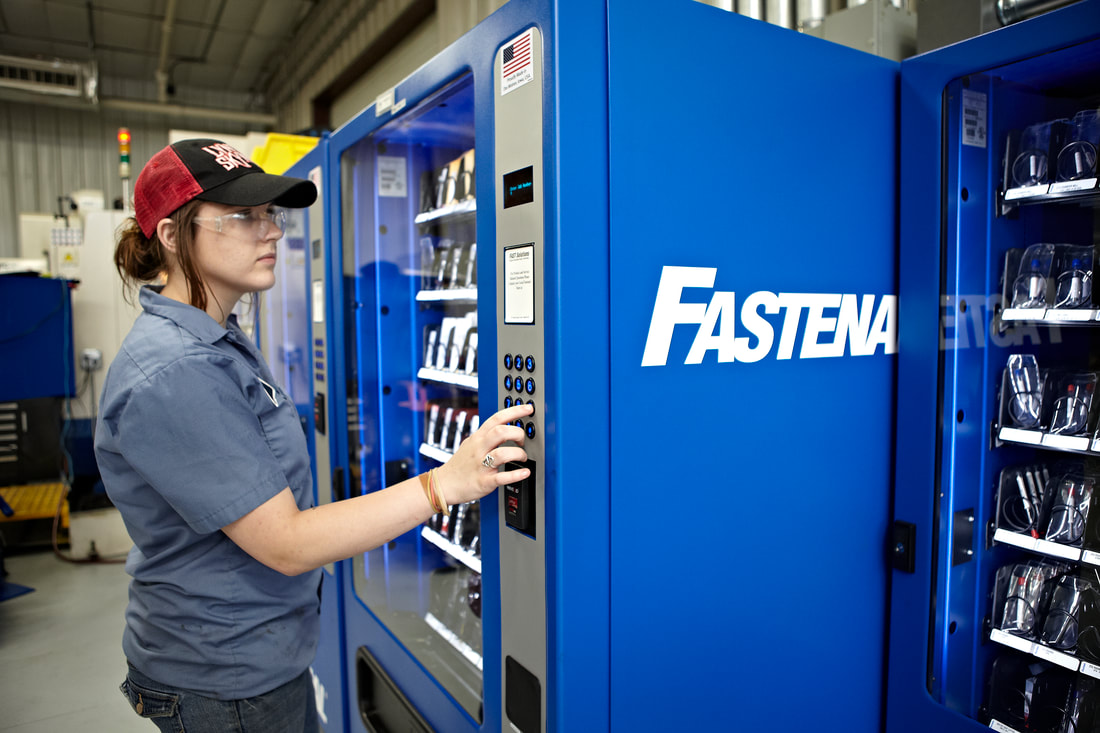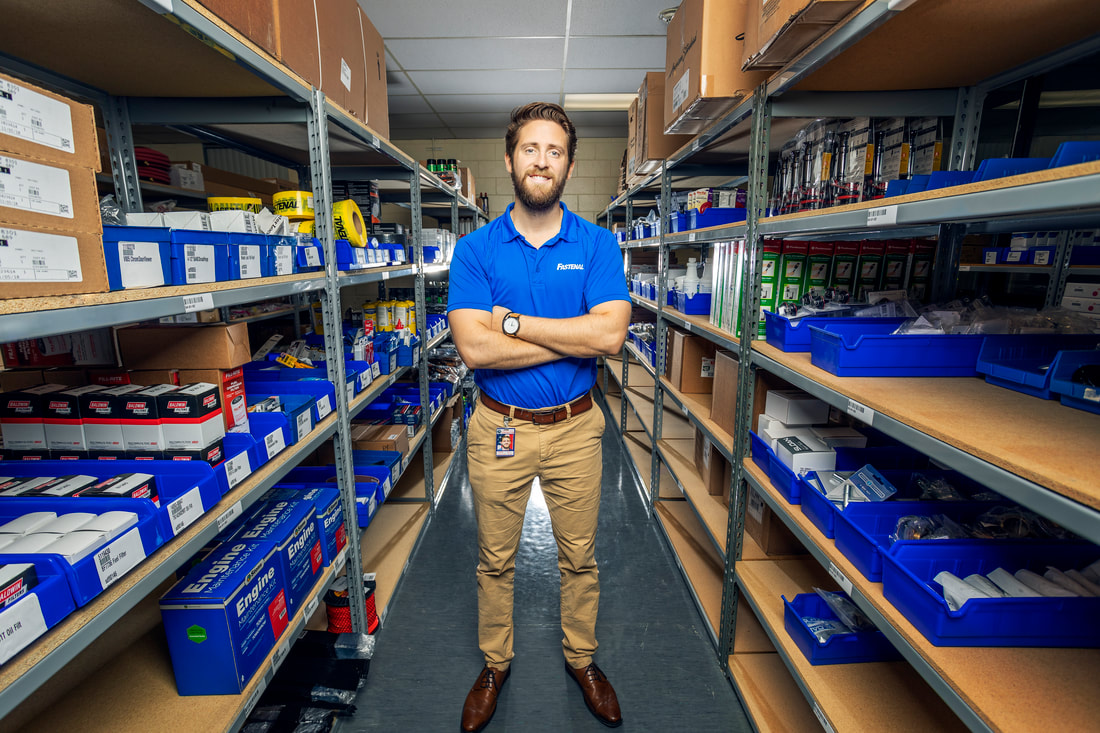Moving downstream and refining forward with technology
Updated on September 6, 2023
By Ryan Upshaw | Senior National Account Sales Specialist
By Ryan Upshaw | Senior National Account Sales Specialist
|
Not that long ago, oil was $150 a barrel. Then it was $36. Now it's... well, it's always changing.
So... What can we do now to prepare for the future? Understand the situation One way of becoming more efficient and resilient is to embrace innovation in the supply chain. As someone who works within the industry’s supply chains all the time, it’s common for me to talk with people who want to know how the oil and gas supply chain is unique. The reality is this: Supply chain is supply chain. At its most simplistic form, we're talking about moving products from Location A to Location B, and that’s it. So many decisions are easier when you have all the facts. Supply chains are just like that. How many pairs of safety glasses are you going to need annually? If you have usage data from the past month, quarter, or even year, you’ll have a pretty good idea. How do you get data like that? Data that’s useful and actionable? Step one: Don’t do it alone. Too often we say, “If you want something done right, you have to do it yourself.” Think about that for a second. You are an expert in your field, but you aren’t an expert in all fields. If indirect/MRO supply chain management is not a core competency, why are you putting time into it? So, while you have supply chain focus and expertise in moving your product, it doesn’t translate to indirect supply chain management. Furthermore, it's not valuable for you to invest significant time or labor into management of the MRO/indirect items. Step two: Let the experts be experts. Go to someone who can automate your supply chain, collect data, and move the product as close to the end user as possible. What does supply chain automation look like? It might be simpler to start with what it doesn’t look like. You don’t want to have a person writing every transaction down by hand. And you don’t want a single point where everyone goes to get what they need. What you do want is standardization on inventory entry. You want to cut out wasted time by putting needed items right at the places workers use them. Automation in the supply chain can take a lot of different forms but common ones are vending machines and bin stocks. Both of these offer ways to collect reliable data on exactly what’s being used. As items are stocked, it’s tracked. As items are used, that’s tracked, too. Because vending machines and bin stocks take up a relatively small amount of space, they can be added to a facility in places where they deliver the biggest bang for the buck: Right where your employees spend their time working. No more wasting time walking to a crib to get one pair of safety glasses. The glasses are now stocked in a vending machine, and the worker can vend a pair and get back to work. The whole while, the system tracks the data. The result is good data and a big decrease in time that was previously spent walking. Take back your time “Wasted time via movement is eating your bottom line.” What comes to mind when you read this? You could go with employees getting in a truck and driving to get supplies. Or you could think of transportation costs in your supply chain. In both cases, you’re right. Because when you’re looking for cost savings, movement is your enemy. Quick example: Jeff lost his safety glasses and needs another pair. It takes him three minutes to walk over to the tool crib. Once there, he says hello to Luke, explains what he needs, and gets his new glasses. He walks back to his station, and the whole thing takes about ten minutes. One employee just spent ten minutes not working because he didn’t have one piece of PPE. And that’s not even including the time that Luke spent facilitating the transaction at the crib. So two employees were involved for at least fifteen minutes just for one pair of glasses. Now, imagine there’s a vending machine in Jeff’s work area. He goes over, vends the glasses, and gets back to work. It takes one maybe two minutes at the most to complete the transaction this way. If time is money, which of these setups would you want? Next steps Automation, better data, and outsourcing of expertise within the supply chain. These are the three ways you can cut costs and help your team.
I want to break you out of the traditional ways of thinking about supply chains. Moving forward, automation and data are going to drive savings. The power of data, real-time data, can save you time and money. You may also like:
Vertical Divider
|
Like what you're seeing here? Subscribe to the Blue Print for FREE and get the magazine sent right to your address.
|





